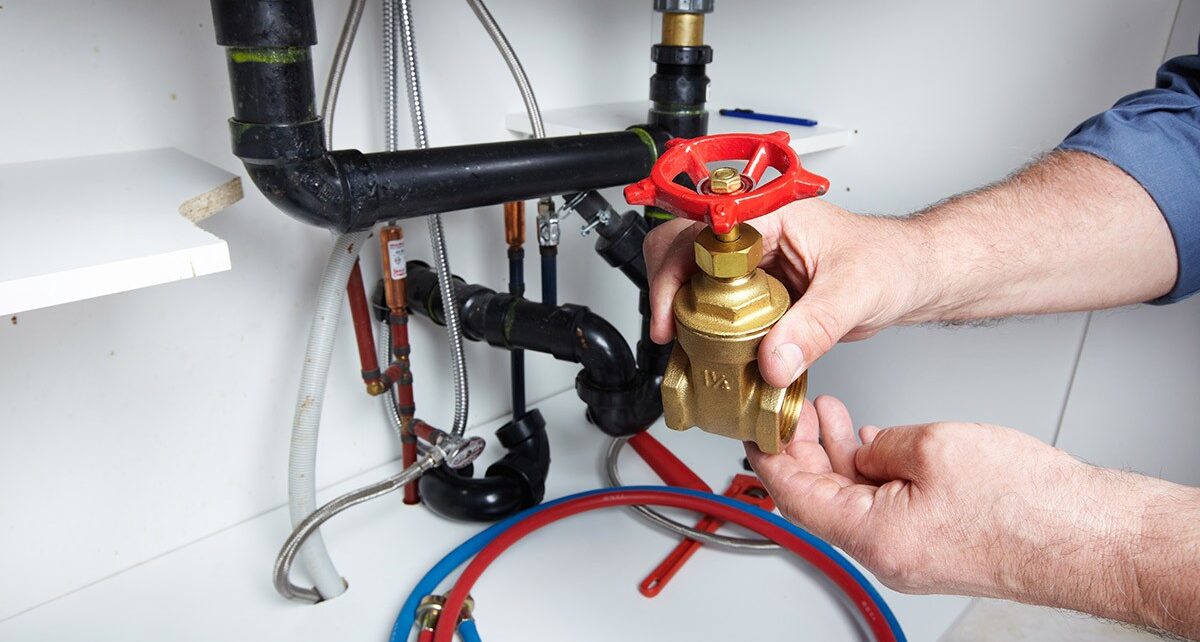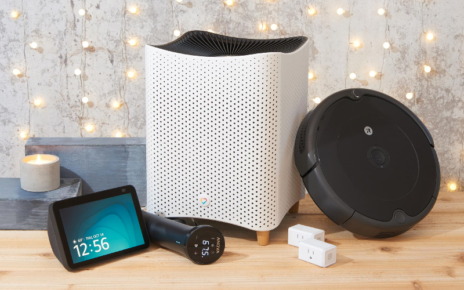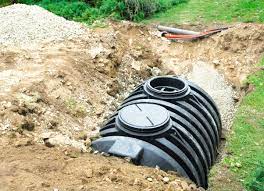In the first place, why do you need a checklist at all? Well, according to experts in plumbing and electrical work, the checklist greatly helps in the early detection of problems in those systems in your home so as to mitigate the risk of damaged pipelines and faulty wirings.
Proper regular maintenance on the systems could be done DIY- style by any household member but it’s more beneficial to have the best electrician and plumber around to conduct an accurate home inspection of your systems.
According to a seasoned expert in blocked drain repair in Sydney, during a home inspection, a certified plumber does an evaluation and assessment of the condition of your plumbing system and writes down all the issues spotted. He also gives recommendations for all issues discovered. Meanwhile, a certified electrician also does the same on your electrical system, finds out the issues and recommends corrective actions to resolve them, if any.
Plumbing inspection checklist should include the following:
- Comprehensive inspection of the system to see if there are leaks, corrosion, cracks, misalignment, potential clogging, and a host of other faults – on the pipes, tankless water heater, storage water tank, sinks, shut-off valves, draining system, venting system, filtration system, supply lines, baths and showers, toilets, sump-pump and all other plumbing fixtures in your home
- Taking photo evidence with detailed annotation for insurance and other purposes
- Video inspection of underground sanitary drain and sewer pipes
During the inspection, no essential component of the plumbing system should be left out.
Electrical inspection checklist should include the following:
- Detailed investigation of the lights, circuit breakers, electrical service panel, electrical wiring, and all electrical elements inside and outside the home
- Photo and video capture of the condition of the entire electrical system
- Corresponding recommendations for the necessary steps in solving issues, if any.
According to Sydney-based electricians, as far as the lights are concerned, they should have the correct wattage vis-à-vis light fixtures. If the wrong bulb wattage is used, it could result in overheating and possibly start a fire. Likewise, they should be checked for loose connections so that they don’t flicker. Moreover, the brightness or dimness of a light could indicate a defect in the neutral connection.
As with circuit breakers, they switch the flow of current automatically once an electrical hazard occurs. Tripping of breakers from time to time is normal when there is an overload as this action can prevent damage to your wiring as well as to your appliances.
With regards to the electrical service panel that’s most commonly found either in the garage or in the basement, it deserves to be monitored regularly as this is the component that controls the entire electrical functioning in your house. With a regular inspection, you can prevent the risk of electrical fires.
On electrical wiring, be sure that it fits the safety standards of today because older homes still have the old standards which are no longer used nowadays. If yours needs to be replaced, by all means, leave the job to an experienced electrician.





